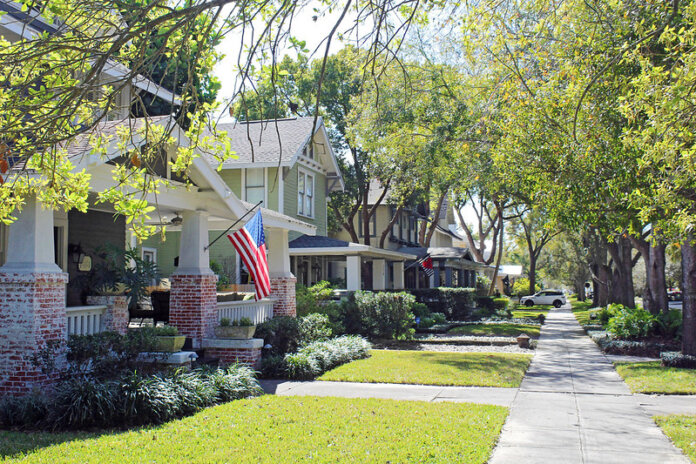The Mortgage Bankers Association’s (MBA) monthly Loan Monitoring Survey shows that the total number of loans in forbearance decreased by 4 basis points from 0.55% of servicers’ portfolio volume in April relative to March.
According to MBA’s estimate, 255,000 homeowners are in forbearance plans.
In April, the share of Fannie Mae and Freddie Mac loans in forbearance decreased 2 basis points to 0.24%. Ginnie Mae loans in forbearance decreased 7 basis points to 1.11%, and the forbearance share for portfolio loans and private-label securities decreased 7 basis points to 0.61%.
“While the number of loans in forbearance continues to dwindle, there was some deterioration in the performance of post-forbearance workouts,” says Marina Walsh, MBA’s vice president of industry analysis. “About three out of four borrowers are remaining current on their post-forbearance workouts, but this is down from the average of four out of five borrowers that was relatively consistent in 2022 and into 2023.
“Overall servicing portfolios remain healthy, and some of the worsening monthly performance can be attributed to seasonal factors such as tax refunds that pushed up the March results and then normalized in April, she adds. “MBA’s forecast calls for an economic slowdown and an increase in unemployment later this year and into 2024, which will impact loan performance.”
By stage, 34.4% of total loans in forbearance are in the initial forbearance plan stage, while 53.2% are in a forbearance extension. The remaining 12.4% are forbearance re-entries, including re-entries with extensions.
Of the cumulative forbearance exits for the period from June 1, 2020, through April 30, 2023, at the time of forbearance exit:
- 29.6% resulted in a loan deferral/partial claim;
- 18% represented borrowers who continued to make their monthly payments during their forbearance period;
- 17.7% represented borrowers who did not make all of their monthly payments and exited forbearance without a loss mitigation plan in place yet;
- 16.1% resulted in a loan modification or trial loan modification;
- 10.9% resulted in reinstatements, in which past-due amounts are paid back when exiting forbearance;
- 6.5% resulted in loans paid off through either a refinance or by selling the home;
- The remaining 1.2% resulted in repayment plans, short sales, deed-in-lieus or other reasons.
The five states with the highest share of loans that were current as a percent of servicing portfolio were Washington, Colorado, Idaho, Oregon and California, while the five states with the lowest share were Louisiana, Mississippi, New York, Indiana and Alabama.
Total completed loan workouts from 2020 and onward (repayment plans, loan deferrals/partial claims, loan modifications) that were current as a percentage of total completed workouts decreased to 74.39% in April from 76.7% the previous month.
Photo: Steven Martin | Flickr














